A force acting on a particle moving in the plane is given by where and are in meters. The particle moves from the origin to a final position having coordinates and as shown in the figure. Calculate the work done by on the particle as it moves along
(a)
(b)
(c)
Is conservative or non-conservative? Explain.
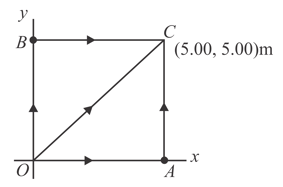


Important Questions on Work, Energy and Power
A pendulum initially is at rest in a vertical position. The bob is pulled slowly towards the right. Find the change in gravitational potential energy of the pendulum bob of mass as the function of
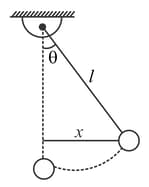
A uniform rod of mass and length is held vertically upright on a horizontal surface as shown in the figure. Assuming zero potential energy at the base of the rod, determine the potential energy of the rod.
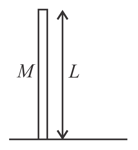
A plate of mass undefined length and breadth is initially lying on a horizontal floor with length parallel to the floor and breadth perpendicular to the floor. Find the work done to erect it on its breadth.
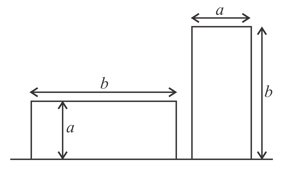
A chain of length and mass lies on the surface of a smooth hemisphere of radius with one end tied to the top of the hemisphere. Taking the base of the hemisphere as a reference line, find the gravitational potential energy of the chain.
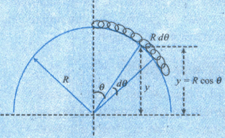
(a) Determine the potential energy function assuming zero potential energy at
(b) Also, determine the potential energy at
A particle moves along the loop while a conservative force acts on it. Work done by the force along the various sections of the path are Assume that potential energy of the particle is zero at Write the potential energy of particle when it is at and .

The force between two atoms in a diatomic molecule can be represented approximately by the potential energy function where and are constants.
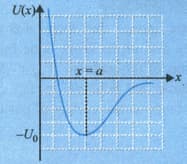
(a) At what value of is the potential energy zero?
(b) Find the force
(c) At what value of is the potential energy a minimum?
